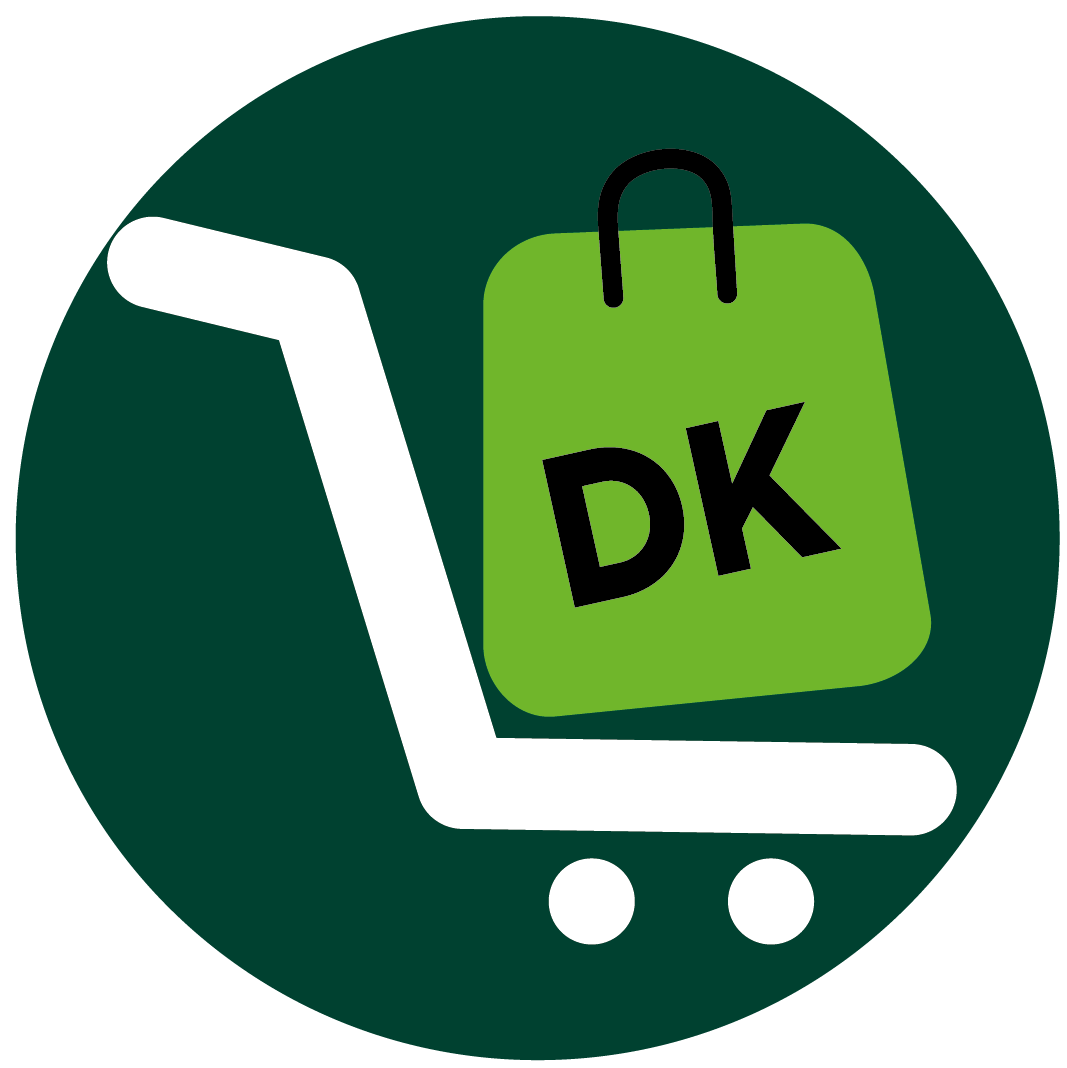Want to earn money as a seller on Etsy in a fun and unique way? Yes! You are in the right place. This article explains the nitty-gritty of becoming a successful seller on Etsy.
You don’t need a personal website or engage in local sales. Etsy enables you to launch your own online business and attract a huge number of potential customers.
However, it doesn’t stop here!
Read this article to know how to become a seller on Etsy.
To become a seller on Etsy, you need to understand:
- How Etsy Works
- How to Sell on Etsy
- Etsy’s Fee Structure
Ready? Let’s go!
1. How Does Etsy Work?

To become a seller on Etsy, understand how Etsy works.
Etsy is an online marketplace and e-commerce platform that links buyers and sellers in the community of Etsy. With Etsy, you can sell your handmade goods without developing a website using a web browser or the Etsy app, unlike Shopify.
Keep in mind the foundation of Etsy’s business strategy lies in its ability to match small businesses, entrepreneurs, and artists with consumers looking for unique and artistic products.
Utilize the platform(as a seller) to build distinctive product shops and listings that customers can browse and buy. Manage the orders, inventory, and shipping in addition to producing your products independently. Bear in mind that Etsy levies a fee for facilitating any sales.
2. How to Sell on Etsy
To kick-start your Etsy business, ensure you have a good internet connection. Take handful of crucial actions frequently to set you apart from the competition. To launch a new Etsy shop, generate revenue, and more, consider the following steps:
- Create an Etsy Account:- Creating an Etsy account is the first step. Click “Open your Etsy shop” on the Etsy.com sellers page. To start with an account, enter some basic personal data. You can register with a Google or Facebook account as well. The creation of an Etsy account is free.Ensure you study all of the platform’s policies to make sure you adhere to their rules.
- Customize Your Etsy Shop:- You can now set up and personalize your Etsy shop after creating your account. You can choose your shop’s settings for selling your goods, including the language to use for product descriptions and the trading currency. Consider a brand name for your shop. Choose a name for your business that is distinctive, memorable, and suitable for your brand.
Your user profile and shop bio are two further adjustments that can help you improve your store and, ideally, drive more purchases. Keep it engaging and personal because this is how potential buyers can discover a little bit about you and your items.
- List Your Items:- Create item listings as soon as your Etsy store is operational. You must complete the following fields for your own online store when establishing a listing on Etsy:
- Title: When naming your item, be absolutely specific. Consider the product-related searches a customer could conduct.
- Listing: Select from various options that include information like the who created the product, and in-depth analysis of the product.
- Category:- You can classify your products in your Etsy store. Select the category and, if possible, the subcategory that best fits the product you are listing.
- Type:- Select the type of products you are selling—physical or digital.
- Quantity and pricing: Add the cost of each item and make sure your sale price includes all expenses. Include the quantity you have on hand as well as any product variations, such as differences in size, color, or material.
- Product description: Clearly describe your product and make sure users can understand it. Include keyword-optimized descriptions. Ensure you utilize phrases that your buyers can easily comprehend.
- Product Images:- Etsy suggests that you upload at least five high-quality images of each product. Never post photographs on Etsy that are of poor quality.
- Thumbnails: Choose consistent styles to strengthen your brand because thumbnails also influence how your Etsy shop appears and feels.
- Delivery Fees: Take into account shipping costs as well as the product’s weight, size, and place of origin. If necessary, you can always change this data later.
- View Your Listing:- Click on “Preview Listing” to see how your Etsy shop appears to customers before publishing.
Make any necessary changes before your shop goes online. Click “Finish” if you are cool with how everything looks.
- Select Etsy Payments Method:- Select your preferred payment methods. On Etsy, there are numerous ways to make payments online. Pick a payment option that works best for you, such as Etsy Payments or PayPal.
With the help of Etsy Payments, you can receive payment using a variety of methods, including shop credit, debit cards, bank accounts, gift cards for Etsy, and more.
- Add Billing Information for Etsy Buyers:- Prepare to authorize your payment card in order to add your billing details. Keep in mind that Etsy can ask for your billing details so that they can charge you for any fees or commissions.
You can begin marketing your products and generating revenue after putting up your billing details.
- Optimize Your Etsy Shop:- Selling a product on Etsy is different from listing it there. To draw customers to your items and persuade them to buy, you need a solid marketing plan.
To bring your product in front of potential buyers who are purchasing online, this includes using Etsy SEO, advertising, branding, and a variety of optimization techniques for different sales channels.
To optimize your Etsy shop, consider the following:
- Complete Your Profile
- Add a Store Bio
- Use Templates
- Utilize Marketing and Automation Tools
- Promote Your Listings:- You can pay to promote Etsy listings through the website’s advertising section. Additionally, you can prepare your listings for Google Shopping and then advertise them through Google search results. To increase the number of online customers who visit your business and products. You can also set your own spending limits and set objectives for each campaign.
3. Etsy's Fee Structure

To make sales on Etsy as a seller, understand the Etsy seller fees.
Using Etsy account to conduct business on the website involves paying a variety of fees. However, opening an Etsy account is free.
Here are 3 types of fees you can encounter when you sell in Etsy:
- Listing Fee:- Etsy charges you a modest fee each time you list something in your shop. Regardless of whether the item sells or not, Etsy charges a flat listing fee of $0.20 for each product you list. Listings expire after four months. Unless you cancel the listing, Etsy’s automatic renewal function renews the listing when it expires and charge $0.20 each time.
- Transaction Fee:- Every time you sell an item on Etsy, the price of the item plus the cost of shipping and gift-wrapping increases by 5% transaction fee.
- Payment Processing Fee:- You make a payment processing fee for each transaction when you sell a product and take payments online through your Etsy shop utilizing Etsy Payments. Depending on where your bank location, there is different payment processing costs. Etsy charges 3% + $0.25 every transaction for American sellers.
Recap
To become a seller on Etsy, get familiar with Etsy, understand how it works before you opt in. However, Etsy is a good online market place to find potential customers for your handmade products. Don’t forget to follow the steps to start selling on Etsy and understand Etsy’s fee structure.














